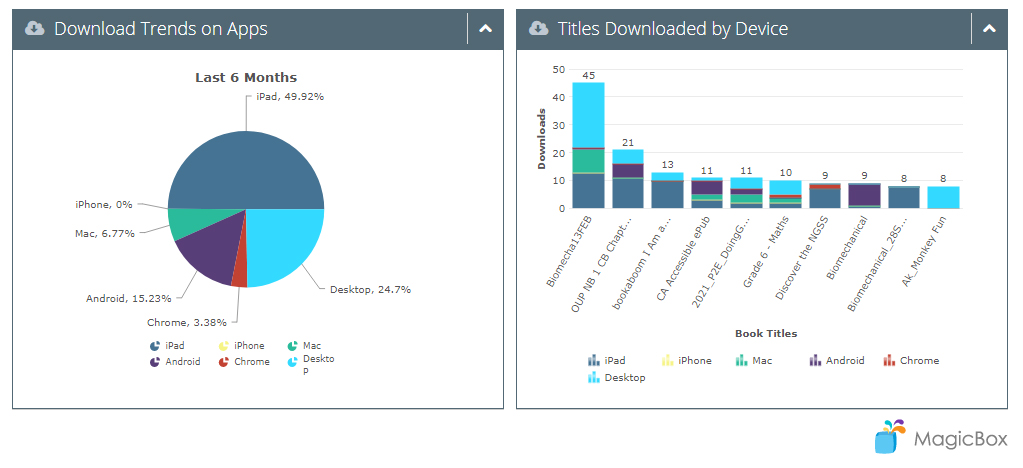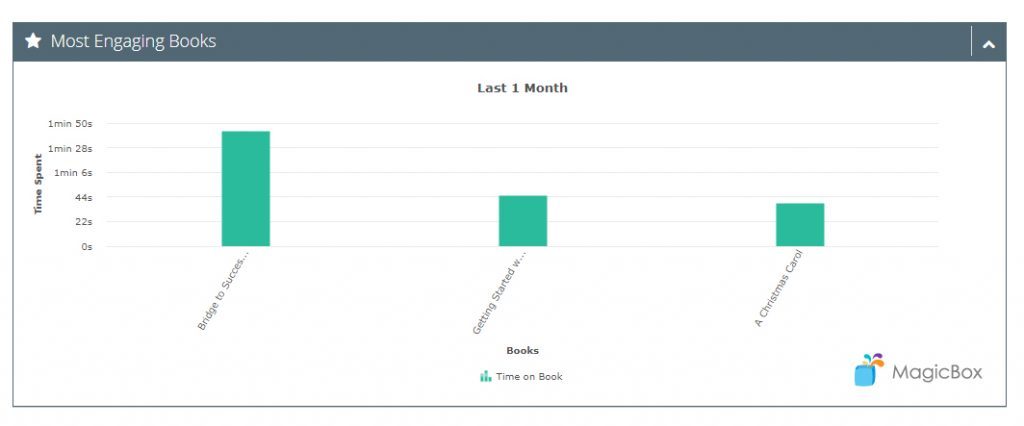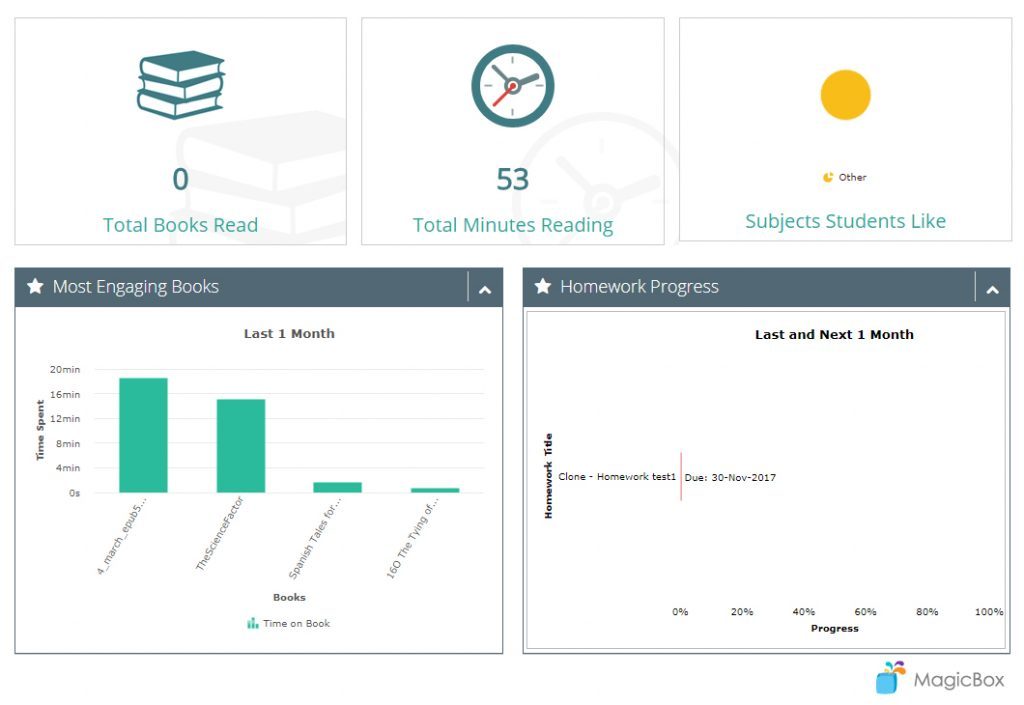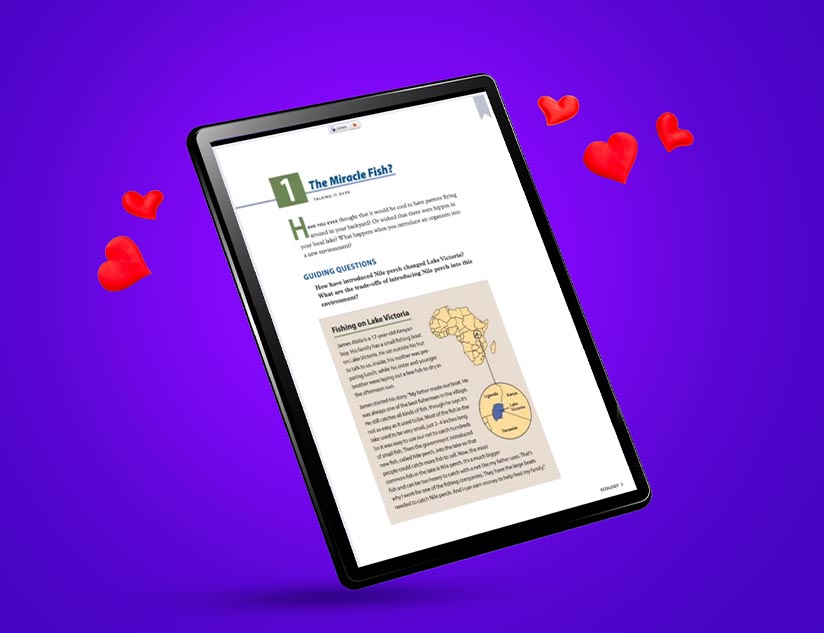While the central aim of the education publishing industry is helping students attain higher learning outcomes, the tools at its disposal have undergone a massive change in recent times.The publishers are now offering learning materials that can meet the needs of the tech-savvy populace. The shift to e-Learning has changed the rules of the game and has prompted educators, publishers, and entrepreneurs to harness the power of technology to improve student achievement and deliver a more customized learning experience in the K-12 domain. We also see data analytics assuming as much importance as content since it supports adaptive learning platforms and helps teachers monitor student progress.
As we see education shift from the offline domain to online, publishing is also moving from the physical to the digital realm.
Trends in K-12 Digital Publishing
As K-12 education industry makes a drift towards digital publishing to break its reliance on print textbooks, we see following trends arising:
Mobile-friendly publishing: It is highly important for educators to motivate students to consume learning material on their screen in a hassle-free way. Therefore, content must be supported by superior UX for today’s mobile-friendly students. To keep students engaged with learning material, publishers should ensure that the content is easily scrollable, easy to load, and compatible with smaller screen devices. Since millennials consume content on multiple devices simultaneously, publishers must also learn to cut through the clutter and create content for an audience with a short attention span.
MagicBoxTM’s digital publishing platform allows publishers to create modules and assessments that work well with smartphones and other devices, loading seconds and giving students a smooth streaming experience.

Interactive visual storytelling: Digital publishing is not just converting physical books into an e-book but incorporating interactive visual elements into learning material such that it boosts student engagement. This can be done by using catchy visual content, like images, gifs, videos, infographics, etc. Publishers must focus on creating truly digital courses that go beyond e-textbooks and develop ‘whole-course solutions’ that deliver an entire class. This needs a fundamental Rethink of Value Proposition to leverage the digital medium and elevate the educational experience through interactive elements. Advances, such as artificial intelligence (AI) software, will come to play a central role in achieving this – they will be able to create interactive videos from raw text, thereby transforming K-12 learning into a full-sensory digital experience. Virtual reality and AI will be of much use in telling interactive stories through highly creative videos.
Fresh content: The nature of e-Learning demands authentic and fresh content to be delivered to learners. Thus, publishers must produce content (whether textual or visual) that’s crisp and precise while capturing the essence of a topic to bypass the low attention spans of students. The use of less text and more visual elements in e-Learning modules is the way forward.
Personalization: Every learner has specific learning needs and understanding of topics. In such a scenario, it is essential for publishers to provide personalized learning paths to the learners. Publishers, therefore, must redefine content for learners by focusing on a niche and creating material that is personalized and relevant to the target segment.

Competency-based education: The competency-based model allows students to move forward by displaying competence. Students can do this by demonstrating their mastery of skills and knowledge in a particular topic and moving to next level as they improve. This model provides an important pathway to innovation for the educational publishing industry, allowing it to offer an array of options to schools and students. Publishers need to adopt more innovative ways to implement this self-paced learning model.
Integrated assessments: Publishers hold expertise in devising tests and other modes of assessing learning. Assessments offer teachers valuable feedback and rich data that can be fed into emerging models that require adaptive and competency-based instruction. By combining course curriculum with assessments, publishers can help in yielding better learning outcomes.
Publishers are also moving toward adaptive assessments while using artificial intelligence to select, administer, & score exam questions based on the multiple skills & abilities of a student. This makes way for a quicker, efficient, and more accurate testing process.
Emphasis on data analytics: Since it is important to analyse data to assess learning outcomes in students, publishers cannot focus solely on producing content. They must also measure its contribution to learning while adapting their products to improve results. Publishers have an opportunity to bring adaptive learning, modular content, and integrated assessments together with data highlighting continuous improvement and better outcomes.
With learning analytics, educators can anticipate trends, understand learner behavior and move towards continual service improvement. MagicBoxTM’s teacher dashboard offers accurate analytics that help educators with rich insights into student behavior and ultimately improve learning outcomes. The publisher dashboard provides insights on what content is engaging for learners, number of licenses consumed by schools, students’ score vs the class average etc.

We see another nascent trend in K-12 publishing – publishers offering open educational resources (OER), given that they save schools a significant amount of money spent on textbooks and other materials.
These above-mentioned trends are closely tied to digital learning as a concept in the K-12 education industry. Therefore, publishers must keep up with the latest trends to remain relevant to these times.
Contact us to know more about MagicBoxTM. Schedule a free demo with us!















